James Stavridis: How can Europe deter Putin? Revive the 'Reforger'
Published in Op Eds
When I was a junior officer during the Cold War, the biggest North Atlantic Treaty Organization military training exercises — perhaps the largest in history — were annual drills called Exercise Reforger. The goal was to ensure NATO’s ability to deploy troops rapidly to West Germany if war broke out between the alliance and the Soviet Union’s Warsaw Pact nations. “Reforger” was a loose acronym of “Return of Forces to Germany.”
The first Reforger was held in 1969, and they ran annually through 1993, just after the collapse of the Warsaw Pact. Forces from every country in the alliance participated, although the bulk of them were American — drawn from the 400,000 U.S. troops stationed in Europe at the height of the Cold War.
At the time, only 16 countries were in NATO (today there are 32). The event was not just an exercise — it was an actual planning and execution demonstration of NATO’s defensive war plans. It required the forces to “marry up” with their huge stockpiles of equipment on NATO’s eastern flank, called Prepositioning of Materiel Configured in Unit Sets (POMCUS) sites.
U.S. Marines were also part of the flow of troops toward the potential combat lines, and the Navy’s Sixth Fleet (focused on the Mediterranean) and Second Fleet (covering the North Atlantic) participated from sea. As a lieutenant junior grade onboard the U.S. aircraft carrier Forrestal in the fall of 1980, I remember our participation in air sorties in support of ground operations. Even though we knew it was a drill, we took it with deadly seriousness; the intent was to be prepared to “fight tonight,” as the saying went in those days.
With the demise of the Soviet Union and the reunification of Germany, Reforger exercises were deemed unnecessary. But given Russian President Vladimir Putin’s willingness to invade his neighbors, we should ask whether it is time to bring Reforger back. If so, what might the exercises look like in today’s world? And are the NATO allies up to taking a larger role?
The reason for the original Reforger exercises was simple: to create deterrence in the minds of the Soviets. The sight of 150,000-plus allied troops, hundreds of combat aircraft and dozens of warships helped keep Moscow from getting any ideas about further conquests in Central and Western Europe. Today, three things argue strongly for a new Reforger series.
First is Moscow’s two decades of territorial aggression — particularly the invasions of Georgia (2008) and Ukraine (2014 and 2022). Putin has also sought to undermine free elections in various European countries and used hybrid warfare tactics to intimidate nations from Moldova to Armenia. Russia has threatened NATO’s Baltic states and is building up offensive capabilities on the border of new alliance member Finland.
A second reason for a new Reforger series is that Putin has turned his country into a war economy, devoting more than 7% of GDP to military spending (double the U.S. level) and pouring 35% of his annual budget into financing the war in Ukraine. He is also recruiting mercenaries from around the world and has inveigled Kim Jong Un of North Korea to send him some 10,000 troops. Based on the rope-a-dope he is playing in negotiations with President Donald Trump over Ukraine, Putin seems unlikely to cease and desist anytime soon.
Third, Europe is finally waking from a long period of denial about the threat Moscow presents on its doorstep. The U.S. allies are boosting military spending and seem ready to put together a major annual exercise to show Putin that they have the capacity and the will to fight if attacked. Ursula von der Leyen, the leader of the European Union, and the new secretary general of NATO, former Dutch Prime Minister Mark Rutte, recognize that the moment is critical.
A new Reforger series could take some lessons from its illustrious predecessors. It should include forces from each of the 32 allies, including contingents from even the smallest nations like Iceland and Luxembourg. This time, the bulk of the troops, aircraft and warships should come not from the U.S. but from Europe, particularly France, Germany and Poland. Overall command and control should be vested in NATO’s supreme allied commander and run from the nuclear-proofed command bunker in Mons, Belgium — a place I know well.
Like the previous iterations, it should not be simply practice or a tabletop drill, but a real-time manifestation of current war plans giving commanders at all levels real authority over their troops. A potential breakdown of responsibilities in command and control: Turkey for land forces; Britain for maritime; Germany for air and missile defense; Belgium for special forces; Italy to protect the southern flank and the Netherlands on the northern flank.
The U.S. should focus not on manpower but on what it does better than any other country: providing intelligence, cybersecurity overwatch, satellite and space connectivity, artificial intelligence, and advanced drones and other unmanned vehicles. The U.S. Sixth and Second Fleets should be involved, but as support for carrier strike groups from the UK, France and Italy.
Above all, like its ancestor Reforger, the new exercise should focus on the swift flow of logistics. Smaller recent exercises have revealed infrastructure problems — particularly with highways, bridges and rail lines — that NATO has been working to remedy, especially in the newer Eastern European members. So much of war depends on getting the right troops, transportation and ordnance together at the point of attack. A new Reforger could demonstrate that vital ability — right in front of Vladimir Putin’s nose.
Stavridis is dean emeritus of the Fletcher School of Law and Diplomacy at Tufts University . He is on the boards of Aon, Fortinet and Ankura Consulting Group, and has advised Shield Capital, a firm that invests in the cybersecurity sector.
____
This column reflects the personal views of the author and does not necessarily reflect the opinion of the editorial board or Bloomberg LP and its owners.
James Stavridis is a Bloomberg Opinion columnist, a retired U.S. Navy admiral, former supreme allied commander of NATO, and vice chairman of global affairs at the Carlyle Group.
©2025 Bloomberg L.P. Visit bloomberg.com/opinion. Distributed by Tribune Content Agency, LLC.
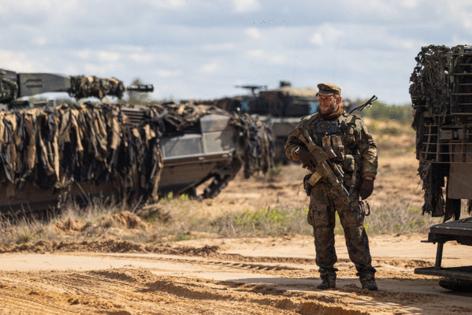


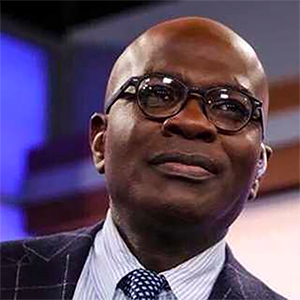



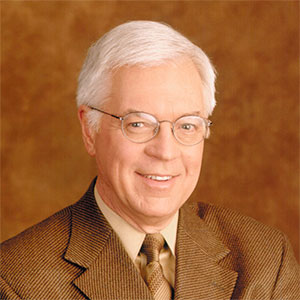

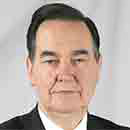

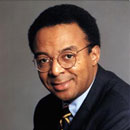



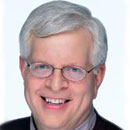







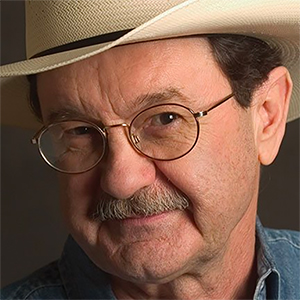
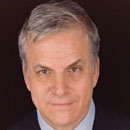
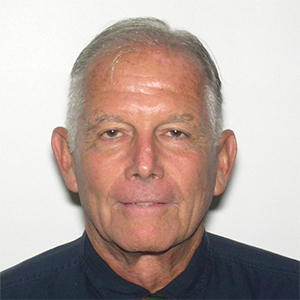

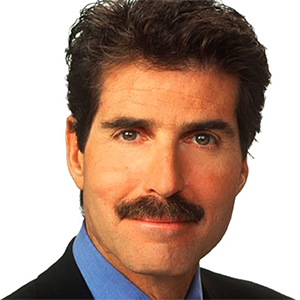
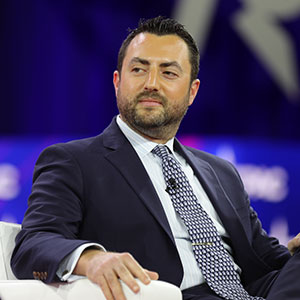
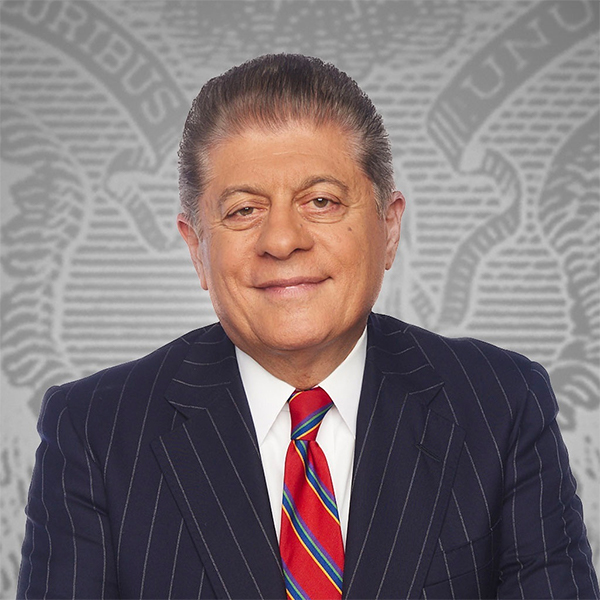


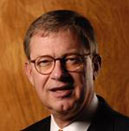



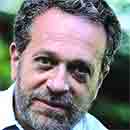
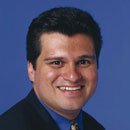
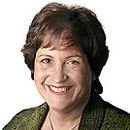








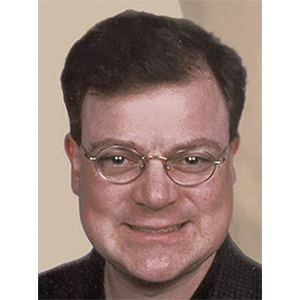


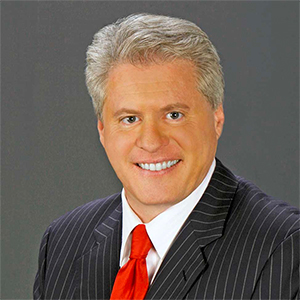
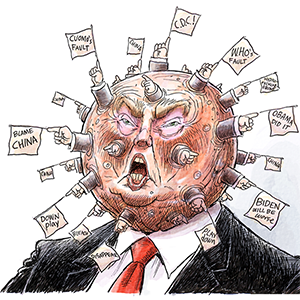
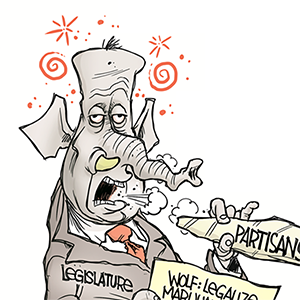
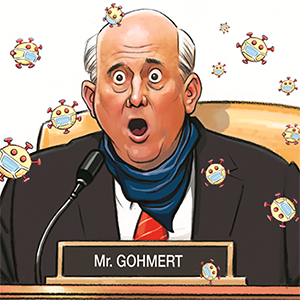

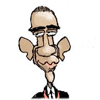

Comments